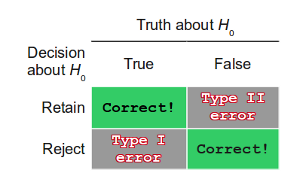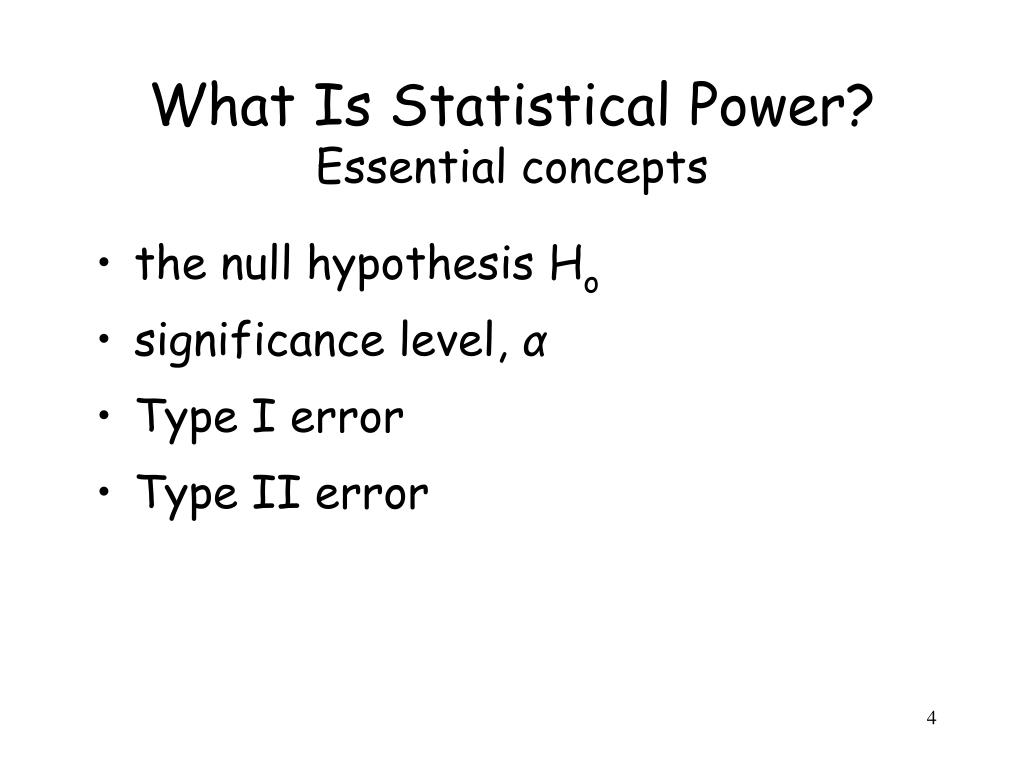

We are requesting that Excel find the value of cell B10 (the effect size) that produces a value of. In the dialog box that appears, enter the following values:įigure 6 – Determine effect size required to obtain power of. Using the worksheet in Figure 5, we now select Data > Data Tools | What-If Analysis. As in Example 1, we can then calculate the power of the test to be 59.6% as described in Figure 5:įigure 5 – Calculating the power of a one-tailed t-testī) We use Excel’s Goal Seek capability to answer the second question. 80?Ī) As described above, we use the following measure of effect size: What sample size is required to detect an effect of size.What effect size (and mean) can be detected with power.What is the power of the test for detecting a standardized effect of size.We will use the format shown in Figure 4 for each of these analyses, where the figure repeats the power calculation for Example 1.įigure 4 – What if analysis (based on given mean)Įxample 2: For the data in Example 1, answer the following questions:
#Statistical power formula series
Observation: We are about to conduct a series of what-if analyses. From these, we obtain the power plot shown in Figure 3. Shortly we will consider some of the ways of increasing power to more acceptable levels.įor each value of μ 1 ≥ 52 we can repeat the above calculations to obtain a value of power. 1136 (cell G9 of Figure 1) 12.9% of the time, which is quite poor. The specific test that was conducted did not reject the null hypothesis, but we also see that such a test would only have found a very small effect of size. Or T.DIST( t, df, TRUE) in releases of Excel starting with Excel 2010. Note that T_DIST( t, df, TRUE) is equivalent the following formula: When x crit = 55.60874, the t statistic for the t distribution with mean 53.16667 is As we saw in Power of a Sample, the situation is illustrated in Figure 2, where the curve on the left represents the t distribution being tested with mean μ 0 = 52 and the normal curve on the right represents the distribution with mean μ 1 =53.16667. We now assume the real population mean is the sample mean, namely 53.16667. Let x critbe the protective factor concentration corresponding to t crit. We now turn our attention to the power analysis, shown on the lower right side of the figure.įigure 1 – Calculation of power for a one-tailed test The usual one-sample hypothesis testing is shown on the upper right side of Figure 1. We begin by exploring the one-tailed test where the null hypothesis is H 0: μ ≤ 52 later we will look at the power of the two-tailed test. Also, determine the power of the new study. Determine whether the new study is consistent with the previous results. The new study examined 20 wheat plants with the concentration of protective factors shown on the left side of Figure 6. The previous study reported that the mean concentration of such protective factors after an application of Formula Y was 52.

In Statistical Power of the t Tests we show another way of computing statistical power using the noncentral t distribution.Įxample 1: A university research group wanted to verify the results of a previous study done at another research institution in promoting the production of protective factors for wheat plants by using a combination of chemicals called Formula Y.
#Statistical power formula how to
We begin by showing how to calculate the power of a one-sample t-test using the approach from Power of a Sample for the normal distribution.


 0 kommentar(er)
0 kommentar(er)
